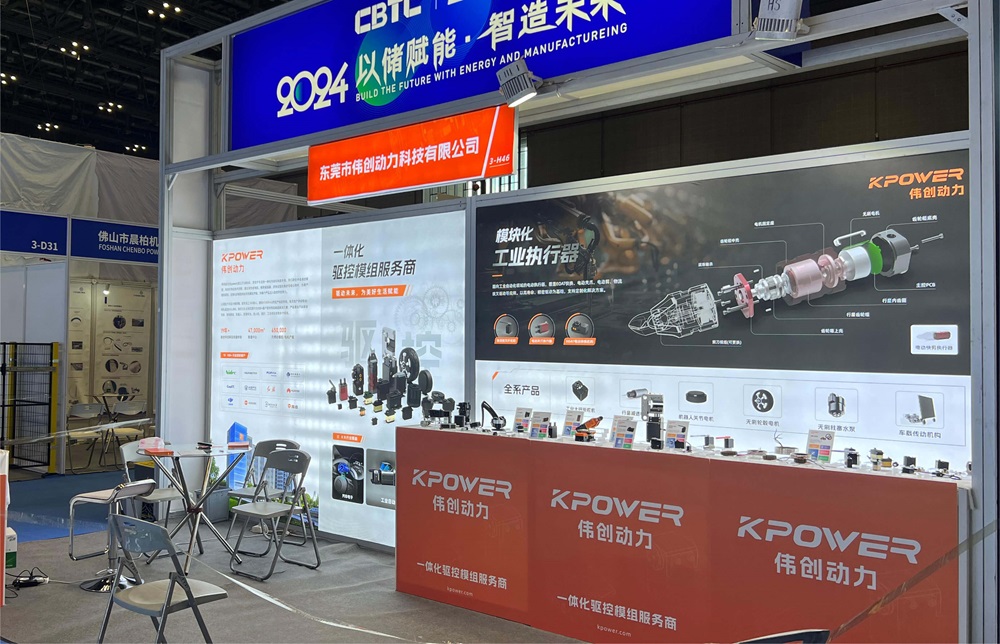Unlocking Precision: A Complete Guide to the SG90 Servo Motor Circuit Diagram
Servo motors have become the cornerstone of modern robotics, automation, and intricate electronics projects. Among the many available options, the SG90 servo motor is especially popular due to its compact size, affordability, and impressive performance for small-scale applications. Whether you're building a robotic arm, a camera gimbal, or simply exploring the wonders of electronics, understanding how to integrate and control the SG90 with a proper circuit diagram is essential.

The Allure of the SG90 Servo Motor
The SG90 is a miniature, lightweight servo motor with a built-in control circuit. It operates on a standard power supply, typically 4.8V to 6V, and can rotate approximately 180 degrees, making it ideal for precise positional control in constrained spaces. Its popularity lies in its simplicity and versatility, allowing hobbyists and professionals alike to craft complex mechanisms without needing large or high-powered motors.
Deciphering the Circuit Diagram
At its core, the SG90 servo motor circuit diagram is straightforward yet fundamental to understanding how to control the motor effectively. In essence, the diagram involves power connections, the control signal, and grounding. Let’s break down the key components:
Power Supply (Vcc): Provides the necessary voltage for the servo to operate, usually connected to 5V DC power from a microcontroller or external source. Control Signal (PWM): This is the core of servo control. A Pulse Width Modulated (PWM) signal determines the position of the servo's shaft. Ground (GND): Serves as the common reference point for the power supply and control signals.
Basic Circuit Diagram:
+5V ---------+-------------------+ | | | | [SG90 Servo] Signal (from microcontroller) | | GND -----------+-------------------+
In this simple illustration, the servo’s red wire connects to the positive power supply, the black or brown wire connects to ground, and the yellow, orange, or white wire (depending on the manufacturer) connects to the control pin of a microcontroller such as Arduino.
Powering the SG90 Safely
Ensuring proper power supply is critical. The SG90's specifications recommend a stable 4.8V to 6V supply. Using a power source with too much voltage risks damaging the servo, while too little may prevent smooth operation. It’s safer to supply the servo from a dedicated power rail, especially when controlling multiple servos, to prevent voltage dips that can cause jittery or unreliable movements.
Microcontroller Integration
Most hobbyists connect the SG90 to microcontrollers such as Arduino, ESP32, or Raspberry Pi. The microcontroller generates PWM signals with specific pulse widths to set the servo’s position. Here’s a quick reminder:
0° position: approximately 1 ms pulse width 90° position: approximately 1.5 ms pulse width 180° position: approximately 2 ms pulse width
These PWM signals repeat at around 50Hz frequency (20 ms period). The microcontroller's programming environment offers libraries (e.g., Servo library in Arduino) that abstract away the complexity, allowing users to set angles directly.
Building a Basic Servo Control Circuit
Here's a step-by-step plan:
Power Source: Connect a 5V DC power supply capable of providing enough current (minimum 1A recommended if controlling multiple servos). Connect the Servo: Red wire (Vcc) to 5V supply Black or brown wire (GND) to ground Signal wire to a PWM output pin on the microcontroller Common Ground: Ensure the power supply ground and microcontroller ground are connected properly to avoid communication issues.
Testing Your Setup
Once wired, the next step involves writing a simple program to test servo movement. For Arduino, this could look like:
#include Servo myServo; void setup() { myServo.attach(9); // connect control wire to digital pin 9 } void loop() { myServo.write(0); // move to 0 degrees delay(1000); myServo.write(90); // move to 90 degrees delay(1000); myServo.write(180); // move to 180 degrees delay(1000); }
This step-by-step process assures a fundamental understanding of the hardware connections and control methodology.
Delving Deeper: Plus, What’s Next?
Once you’re comfortable with basic wiring and control, exploring the nuances becomes exciting. For example, using external power sources with decoupling capacitors (like a 100uF capacitor across power and ground) can smooth out power fluctuations. This improves the longevity and performance of your servo motors.
Furthermore, integrating sensors such as potentiometers, encoders, or accelerometers can convert a simple servo into an intelligent actuator capable of feedback control, making your projects more interactive and responsive.
Established in 2005, Kpower has been dedicated to a professional compact motion unit manufacturer, headquartered in Dongguan, Guangdong Province, China.




































